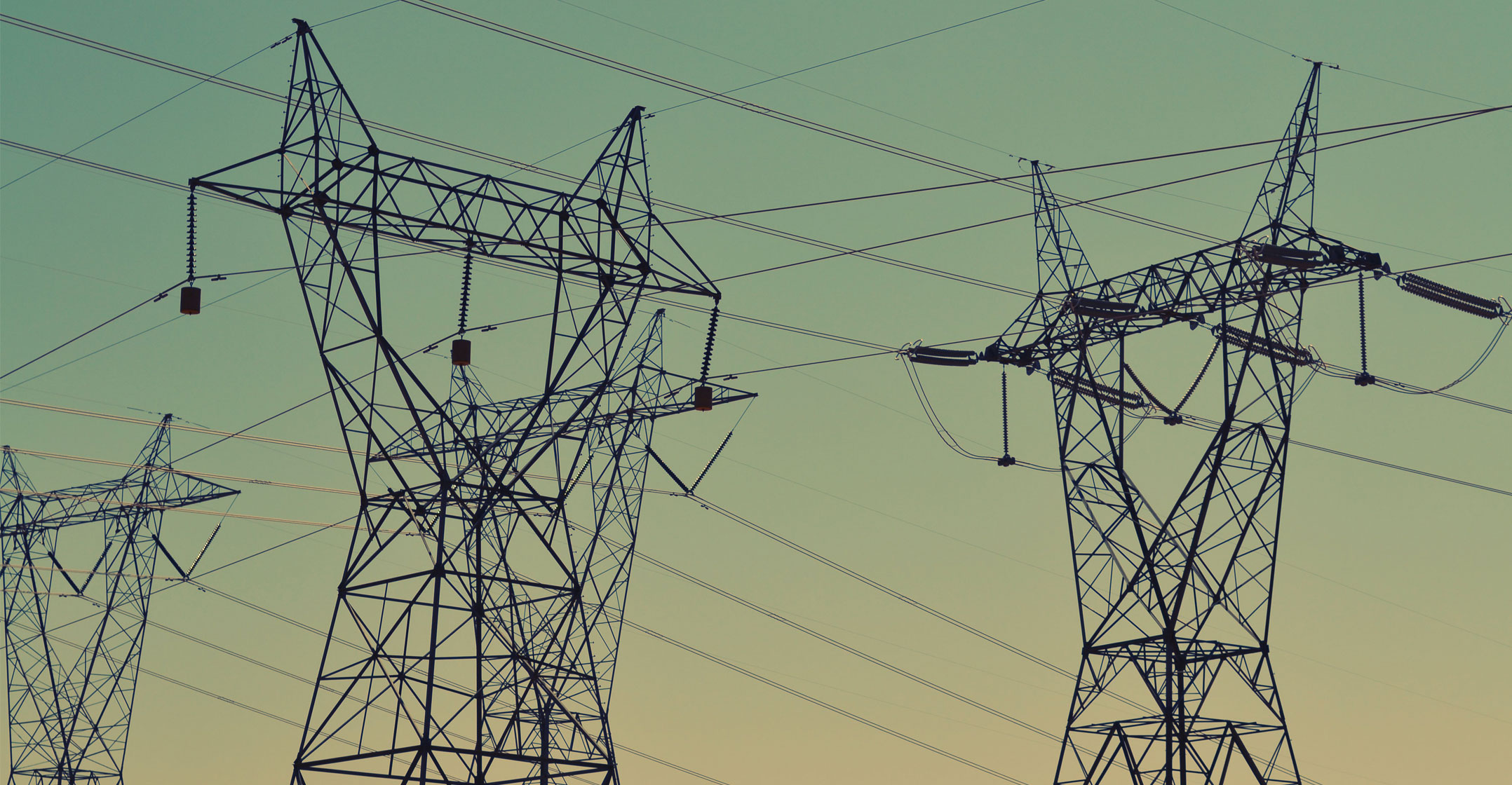Eskom has vowed to continue with its accelerated maintenance programme throughout the summer months to ensure its ageing coal-fired generation fleet is fit for purpose.
Eskom said this in a statement on Monday as it briefed the media on the “state of its system”.
“Since September, Eskom has increased its planned maintenance programme to an average 5.5GW of capacity. While this is comparable to the amount of maintenance carried out in the period between September 2020 and March 2021, it is almost double the average maintenance carried out in the same period in September 2019 to April 2020,” the state-owned utility, which has extended the current bout of load shedding to at least Tuesday this week, said in the statement.
Our objective is to achieve a reliable and sustainable generation plant, thereby reducing the risk and frequency of the occurrence of load shedding
“Our objective is to achieve a reliable and sustainable generation plant, thereby reducing the risk and frequency of the occurrence of load shedding. As such, Eskom will not compromise on reliability maintenance and mid-life refurbishment,” said chief operating officer Jan Oberholzer. “However painful in the short term, we have to do this maintenance to ensure future reliability.”
The utility said it “hopes to continue reducing the occurrence of load shedding” as the summer maintenance period continues.
“We are aware that the increased maintenance does elevate the probability of load shedding in the short term, but this is necessary to improve the future performance of the generation fleet,” said Oberholzer.
‘Borne fruit’
“The accelerated maintenance programme has borne fruit, with Eskom managing to limit load shedding to a minimum during winter period. Since 1 April 2021, load shedding was implemented for 32 days. This includes the 11 days of load shedding implemented since September,” the company said.
It admitted that its generation division has had an “unsatisfactory performance, with output from the power stations below target”.
“This is caused by a faster deterioration in generation units that have not yet enjoyed the reliability maintenance.”
Year to date, the energy availability factor (EAF) has declined to 65%, against a target of 70%. “A key contributor to the low EAF was the high levels of planned maintenance during the summer months. However, there has also been an increase in unplanned outages during this period.”
Oberholzer said South Africa urgently requires an addition 4GW to 6GW of generation capacity to complement the Eskom’s available capacity. “This is required to eliminate the risk of load shedding and to ensure the necessary electrical energy that is needed to stimulate the economy.”
A unit each at the Medupi and Kusile power stations achieved commercial operation this year, Eskom said. This added 1.6GW to the grid. Kusile has now reached 50% completion, with three of the six units commissioned.
However, the 8 August explosion at Medupi Unit 4 (720MW) was a major setback, and this unit remains offline. Eskom experienced another setback on 11 September when Kendal Unit 1’s transformer caught fire. That generator (640MW) is also offline.
‘Constrained’
“Kendal Unit 1 is expected to return to service by end of this year while the return-to-service date for Medupi Unit 4 has not yet been determined.”
Eskom said the capacity outlook for the period ending August 2022 shows that the power system “remains constrained”.
“Eskom will be required to extensively use the open-cycle gas turbines to either avert load shedding or to reduce the magnitude thereof.” — © 2021 NewsCentral Media



 Eskom has vowed to continue with its accelerated maintenance programme throughout the summer months to ensure its ageing coal-fired generation fleet is fit for purpose.
Eskom has vowed to continue with its accelerated maintenance programme throughout the summer months to ensure its ageing coal-fired generation fleet is fit for purpose. Oberholzer said South Africa urgently requires an addition 4GW to 6GW of generation capacity to complement the Eskom’s available capacity. “This is required to eliminate the risk of load shedding and to ensure the necessary electrical energy that is needed to stimulate the economy.”
Oberholzer said South Africa urgently requires an addition 4GW to 6GW of generation capacity to complement the Eskom’s available capacity. “This is required to eliminate the risk of load shedding and to ensure the necessary electrical energy that is needed to stimulate the economy.”